Distance VS Classroom Learning: Which is the Better Option
The longstanding debate on whether classroom learning is better than distance learning has no tangible consensus whatsoever. Some vouch for the flexibility of online learning or distance education whereas others praise the method of hands-on learning in a classroom. With good employment support and consistent hard work, students pursuing either of these options can succeed and find gainful employment.
However, despite the verified utility of both these methods, millions of students, even today, face the same question of which form of learning is the best for them. Let’s take a look at both of these techniques in some depth to help you get a sense of direction:
Distance learning
This form of education entails the use of course materials, videos and examinations online. You can be in any part of the world and still be able to attend a distance learning program from a post secondary institution of your choice. You also don’t need to come to the formal institute on a day to day basis.
Advantages
-
The biggest advantage is being able to learn from the comfort of your home or workplace. No matter where you live, you can get an education from any post secondary institute in the world.
-
The second advantage is that distance learning programs usually cost less as compared to full-time classroom training programs. For those who are working and studying at the same time, this can be a great option as their education does not significantly use up their earnings and at the same time, allows them to gain the necessary knowledge and skills to advance in their careers.
Disadvantages
-
The disadvantage of distance learning is that students cannot interact with each other the way they would on a campus.
-
Some courses demand formal hands-on training, for example, courses such as cooking and baking or pressure point control tactics can be learned effectively only in a classroom environment.
Classroom learning
Regular learning or formal classroom learning requires students to meticulously attend classes, tests, and examinations in the college or university they wish to learn from. During classroom training, students have to maintain a certain decorum in their classes and follow all the expected rules and regulations as upheld by the post secondary institution.
Advantages
-
The primary advantage of classroom learning is that students get to learn directly from the experts. They can ask questions directly and may, because of this, have a better grasp of concepts.
-
Additionally, classroom learning comes with an opportunity where students get to interact with each other and build bonds with and learn from their fellow classmates.
Disadvantages
-
Classroom learning requires full-time commitment which means if you are working, you may have to take a leave to attend your program.
-
Classroom learning can at times be a bit more expensive than the distance learning programs.
At Columbia College, Calgary, students can choose from our wide range of courses or programs depending on their requirement. The majority of our programs are offered in the classroom but run on a schedule to help the student complete the program much sooner. The College does offer two programs online – the Professional Investigator program and the Alberta Basic Security Training program. Both of these require the student to complete a provincial exam to be licensed.




